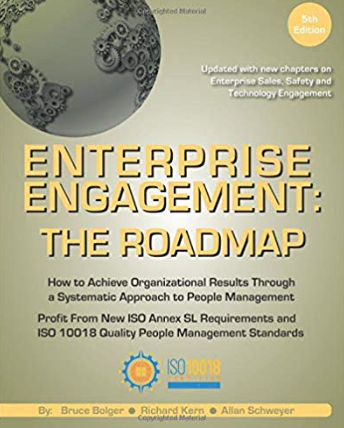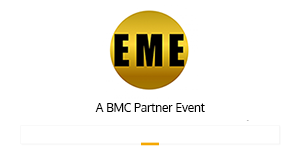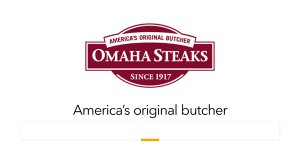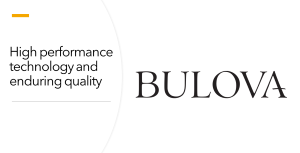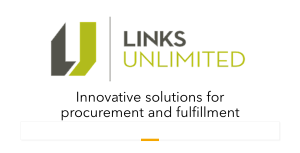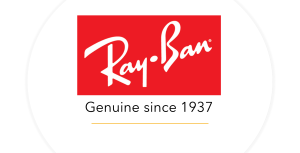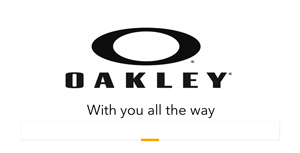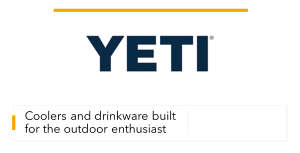To Enhance Your Recognition Program, Start With a Sound Culture
.jpeg) Many companies mistakenly believe that they can enhance their cultures with recognition, or that recognition and incentive programs can help them achieve their purpose, goals, and objectives without addressing cultural issues. In fact, recognition is only one factor contributing to great cultures, and no recognition or incentive program can overcome the negative impact of toxic cultures for long.
Many companies mistakenly believe that they can enhance their cultures with recognition, or that recognition and incentive programs can help them achieve their purpose, goals, and objectives without addressing cultural issues. In fact, recognition is only one factor contributing to great cultures, and no recognition or incentive program can overcome the negative impact of toxic cultures for long.By Dr. Paul White
Culture Matters, But CEOs Aren’t Sure What to Do
Success Starts With a Sound Culture
Distinguishing Appreciation From Recognition
Click here for links to RRN Preferred Solution Providers.
Dr. Paul White is Founder and CEO of Appreciation at Work and author of the 5 Languages of Appreciation in the Workplace.
Many studies suggest that rewards and recognition work. A meta-analysis of research conducted by academic researchers in the early 2000s, “Incentives, Motivation, and Workplace Performance” concluded that properly designed campaigns can have a concrete impact on performance, but only if the right conditions are in place. No matter how well structured the recognition or incentive program, the analysis of research finds, only lackluster results with follow unless your organization addresses the fundamental cultural issues underlying employee engagement.
Culture Matters, But CEOs Aren’t Sure What to Do 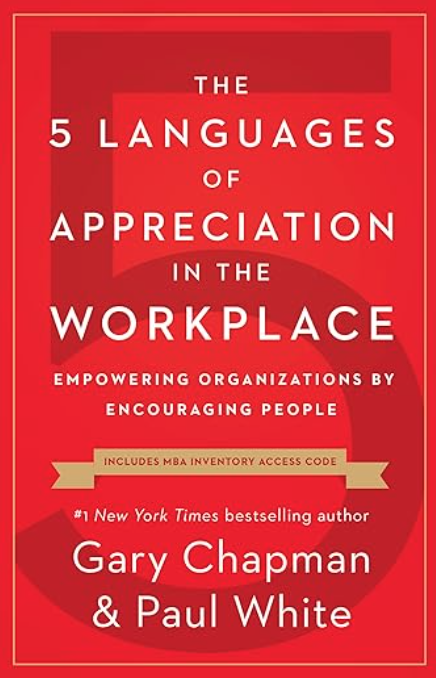
In a 2020 academic study, “Corporate Culture, Evidence From the Field” published in the Journal of Financial Economics, authors R. Graham, Jillian Grennan, Campbell R. Harvey, and Shivaram Rajgopal find that CEOs appear to understand the importance of culture but don’t agree on how to address the issue. A detailed survey of 1,348 CEOs in North America in 2020 found that 84% said they need to enhance their corporate cultures, with 92% believing it can have an impact on their organization’s valuation.
The executives were asked what “they believe prevents their firm’s culture from being effective in practice: 69% blame their firms’ underinvestment in culture. Even more surprising, nearly one-fifth of respondents indicate that senior leadership works against the firm’s corporate culture being effective.”
Based on a meta-analysis of other studies about factors involving culture, the professors conclude that an effective culture is “determined by the alignment and interactions between values, norms, and formal institutions,” and that the outcomes include: “ethics and compliance, creativity and innovation, and productivity and firm value.”
Contributing factors to effective cultures, they advise, include:
- Values—integrity and adaptability.
- Norms—reporting of unethical behavior, developing new ideas organically.
- Human resources—incentive compensation; hiring, firing and promotion polices.
- Governance—boards and management.
Note that their findings suggest that incentives are only one of many factors affecting culture. While recognition programs do play a role in enhancing cultures, they in fact will fail or underperform if used to bypass the negative effects of an otherwise toxic and misaligned culture.
Articles and advertising about incentives and recognition often make general claims about the benefits in terms of employee engagement and retention, but rarely does anyone disclose scientific proof that any of these efforts create genuine value for their organizations. Did employee retention improve over time, and by how much? Was there an increase in talent referrals? Did internal or external customer satisfaction increase? How about productivity and quality metrics?
To any seasoned business executive, a lot of the claims made by the recognition industry are fluff. One reason may be that many organizations use these programs as ad hoc palliative efforts that overlook or attempt to paper over sub-standard cultures.
Success Starts With a Sound Culture .png)
Behavioral economics abound with research demonstrating that people indeed can be motivated in the short- and longer-term to change their behaviors, but the conditions for sustainable change are far more complex than recognition or incentives alone. Incentives and recognition only touch the people who are selected for their performance or actions. Such programs have little impact on the people who don’t meet the criteria for recognition and can even create resentment. More importantly, recognition only addresses one element of Maslow’s widely accepted hierarchy of needs: esteem. To create a successful culture, organizations also need to address basic physiological and safety needs; love and belonging, esteem, and self-actualization.
According to a recent Global Talent Trends report by the advisory firm Mercer based on a survey of more than 12,200 C-suite executives, human resources leaders, employees, and investors, from around the world, the primary factors that enable employees to thrive at work include:
- Working for an organization one is proud of,
- Feeling a sense of belonging,
- Feeling valued for contributions,
- Having a fun at work, and
- Having a manager who is trusted and advocates for team members.
For this reason, it’s beneficial to separate the fundamental issue of culture from specific tactics, including not only recognition and incentives, but compensation and benefits strategies, what is done to address both physical and psychological safety and to create feelings of belonging as well as self-esteem, and how the organization guides each employee to being the best she, he or they can be for the organization.
Scientific standards for measuring a healthy culture are not universally agreed upon, but they are easy to observe and detect. The office or warehouse hums with activity; people readily smile and colleagues willingly respond to an email request for help; employee attendance, retention and referrals are high, as are engagement survey scores. Human capital return on investment is high. The results often can be measured in customer satisfaction and other engagement metrics.
Distinguishing Appreciation From Recognition .png)
Appreciation is deeper than performance-based recognition—it values people for who they are, not for what they did yesterday for the organization. Authentic appreciation contributes to creating the type of culture in which help recognition programs can experience better outcomes.
Appreciation is not shared only for hitting specific performance goals, or to help someone get on a leader’s board. It is expressed for those unique character qualities that make us “who we are,”—for sharing a joke that makes everybody laugh during a tough, stressful time; stopping by on the way to work to pick up coffee and donuts for the crew; checking in to make sure everything is going well on the warehouse floor on a busy day, or even lending a hand. And, taking the time to getting to know one another and understand how each employee prefers to be appreciated.
In other words, don’t expect recognition to
For More Information
Dr. Paul White, Founder, CEO
Appreciation at Work
316-681-4427
paul@drpaulwhite.com
How RRN and Brand Media Coalition: Your Partner in Success in Incentives, Rewards, and Recognition
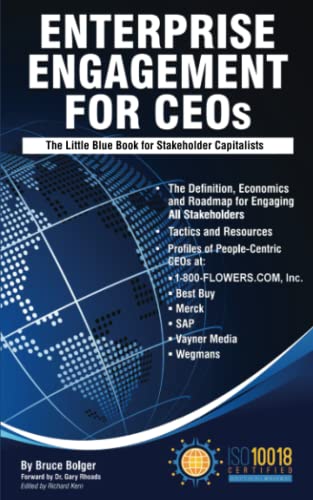
Published by the Enterprise Engagement Alliance at TheEEA.org
- The only weekly news, how-to and resource publication of record for the Incentive, Rewards, and Recognition field.
- The only marketing agency focusing specifically on the IRR and broader engagement marketplace.
- All the industry news, research, announcements, and how-to articles read by over 20,000 end-users in sales, marketing, and human resources; incentive, recognition, loyalty and promotional companies, as well as marketing and human resources agencies, seeking to enhance performance through effectively designed incentive programs.
- Unparalleled business development services for engagement, incentive and incentive travel, recognition firms; brands, gift cards and master fulfillment companies, and technology firms, featuring ROI-based business development strategy design and ongoing digital and social media and e-newsletter communications to help marketers profit in the coming era of cookie-less marketing.
- Unique abilities for solution providers to sponsor authoritative, evergreen content directly related to what they sell through the EEA’s Effective Practices series on articles in our media platforms.
- EEA YouTube Channel with over three dozen how-to and insight videos and growing with nearly 100 expert guests.
- Access to new technologies from EEA preferred solution providers enabling brands to create their own points-based or transactional redemption site.
- Unparalleled expertise in program design, return on investment measurement, reporting, and prescriptive analytics.


